Tarbosaurus
Name Origin
Terrifying Hero Lizard
Family
Tyrannosauridae
Classification
Diapsida, Saurischia, Theropoda
Habitat (Discovery Location)
Mongolia, China
Period
73 to 68 million years ago (Late Cretaceous)
Length
Approximately 11 meters
Weight
Approximately 5 to 7 tons
Diet
Carnivore (Meat-eater)
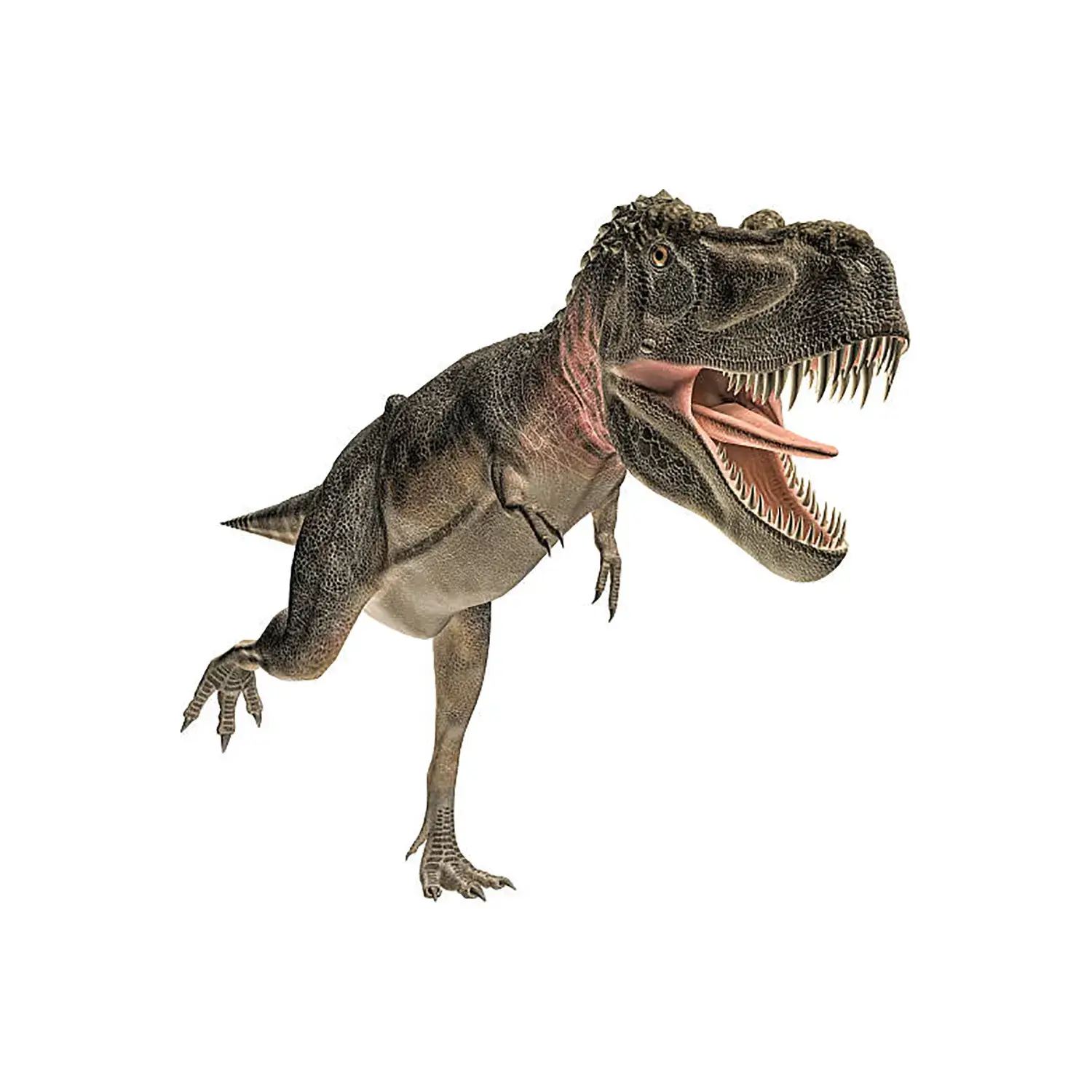
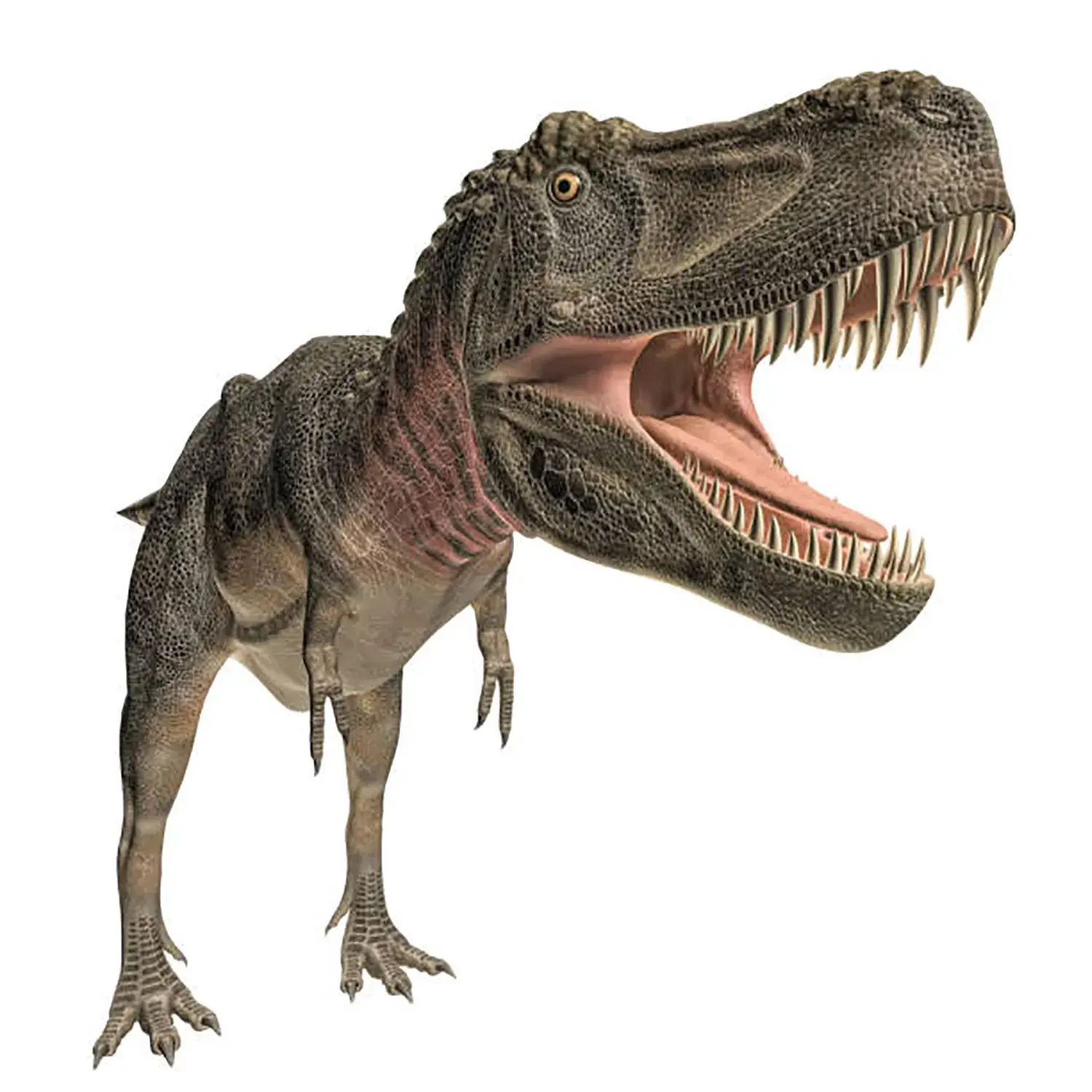
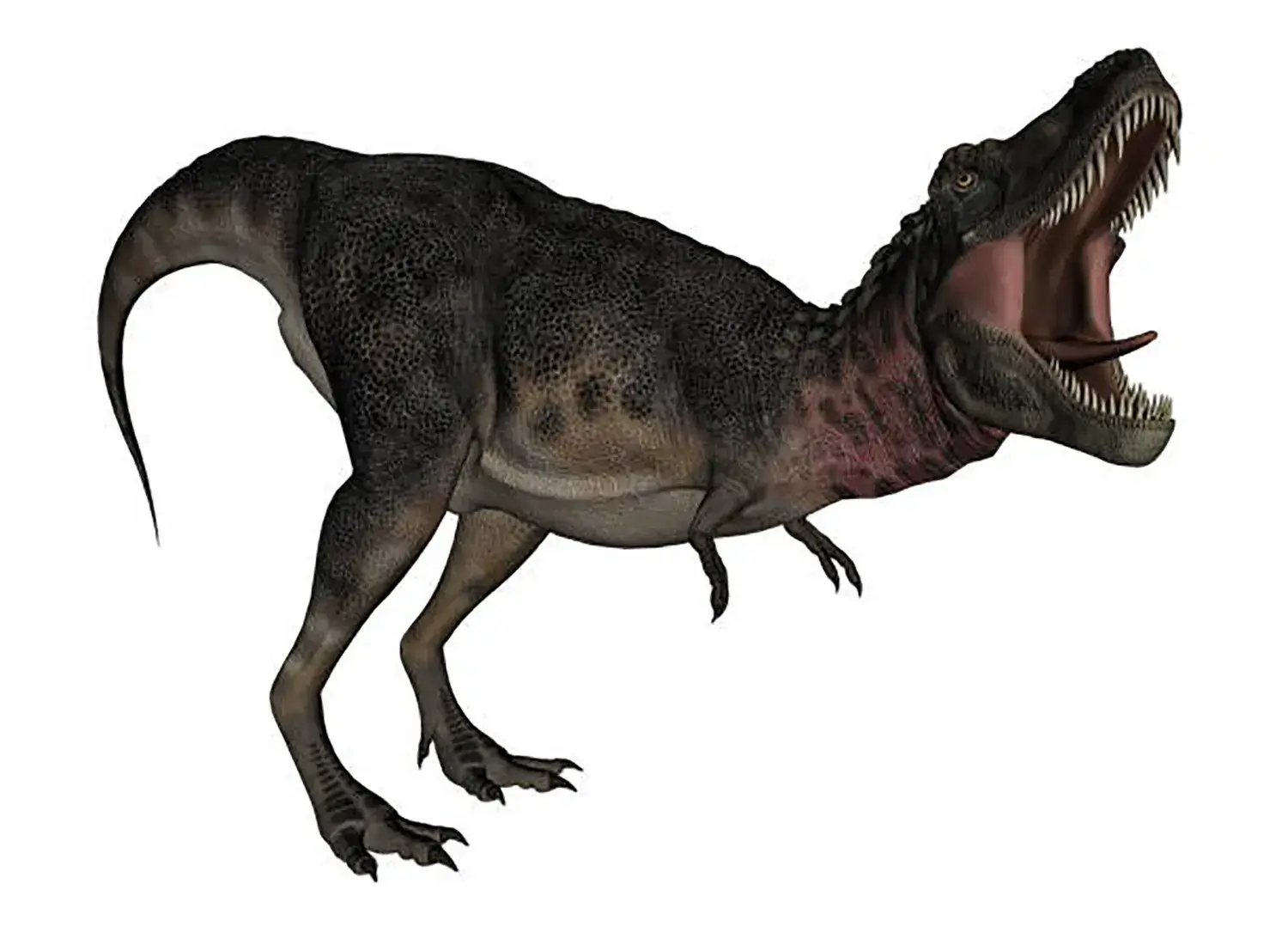
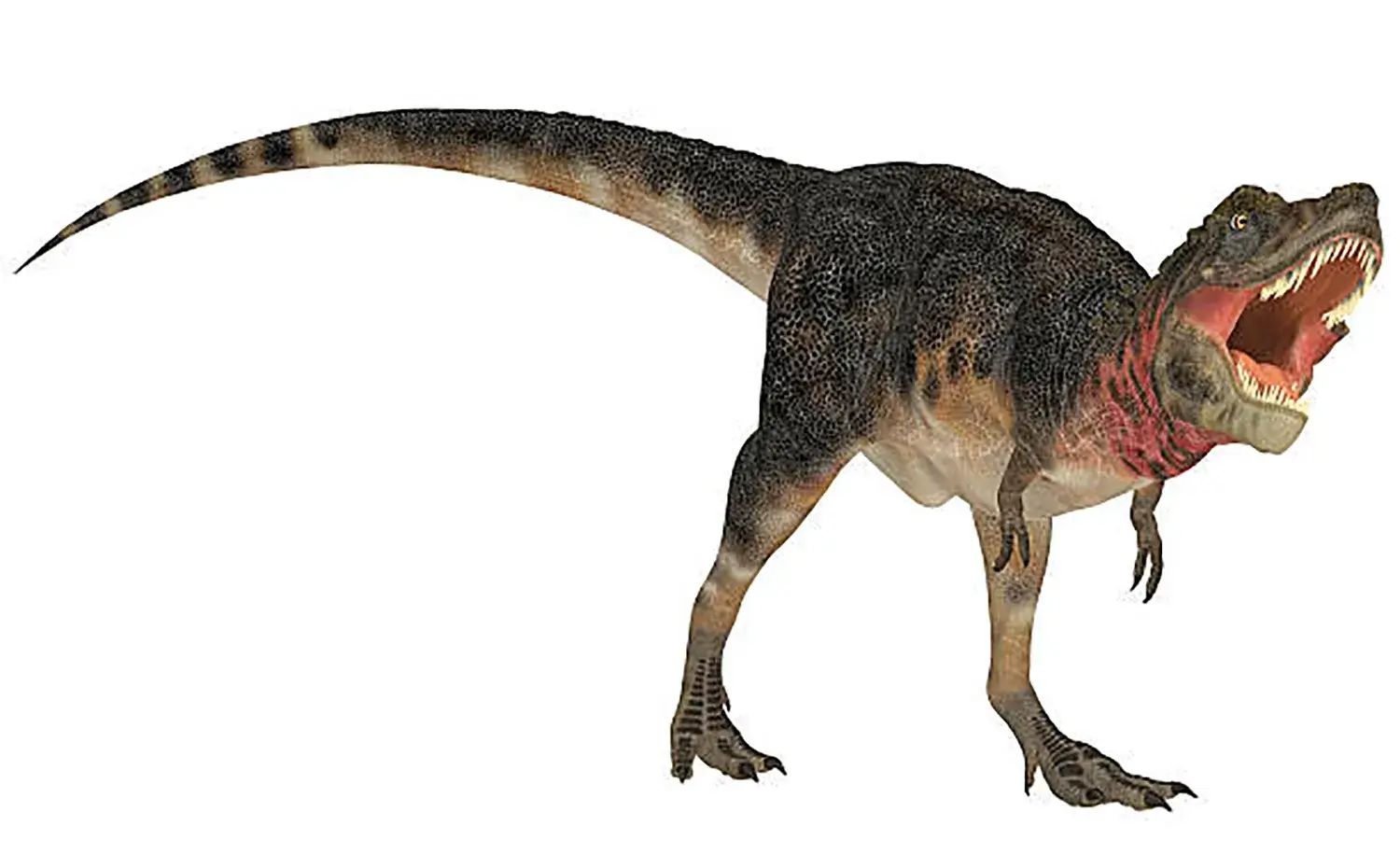
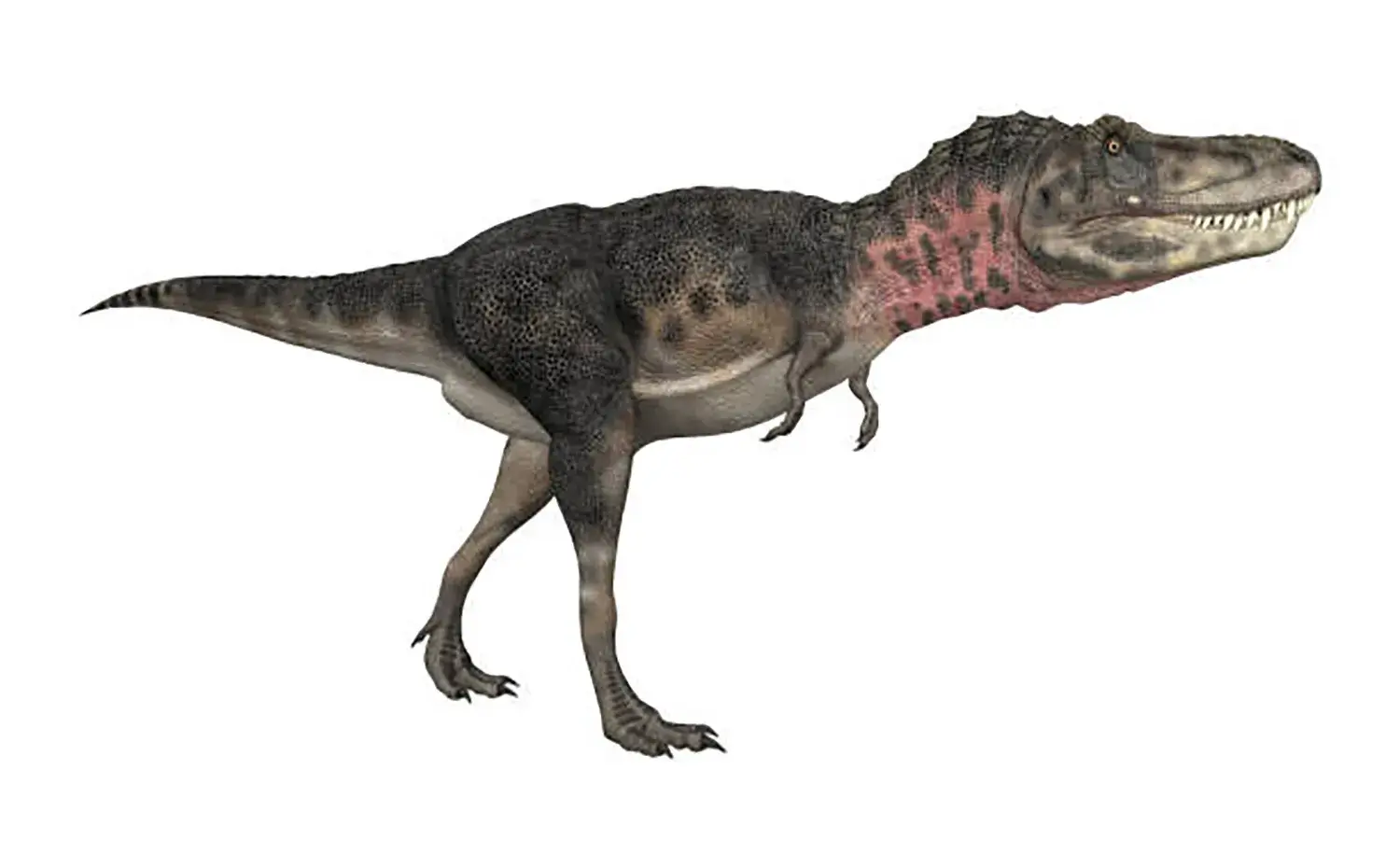
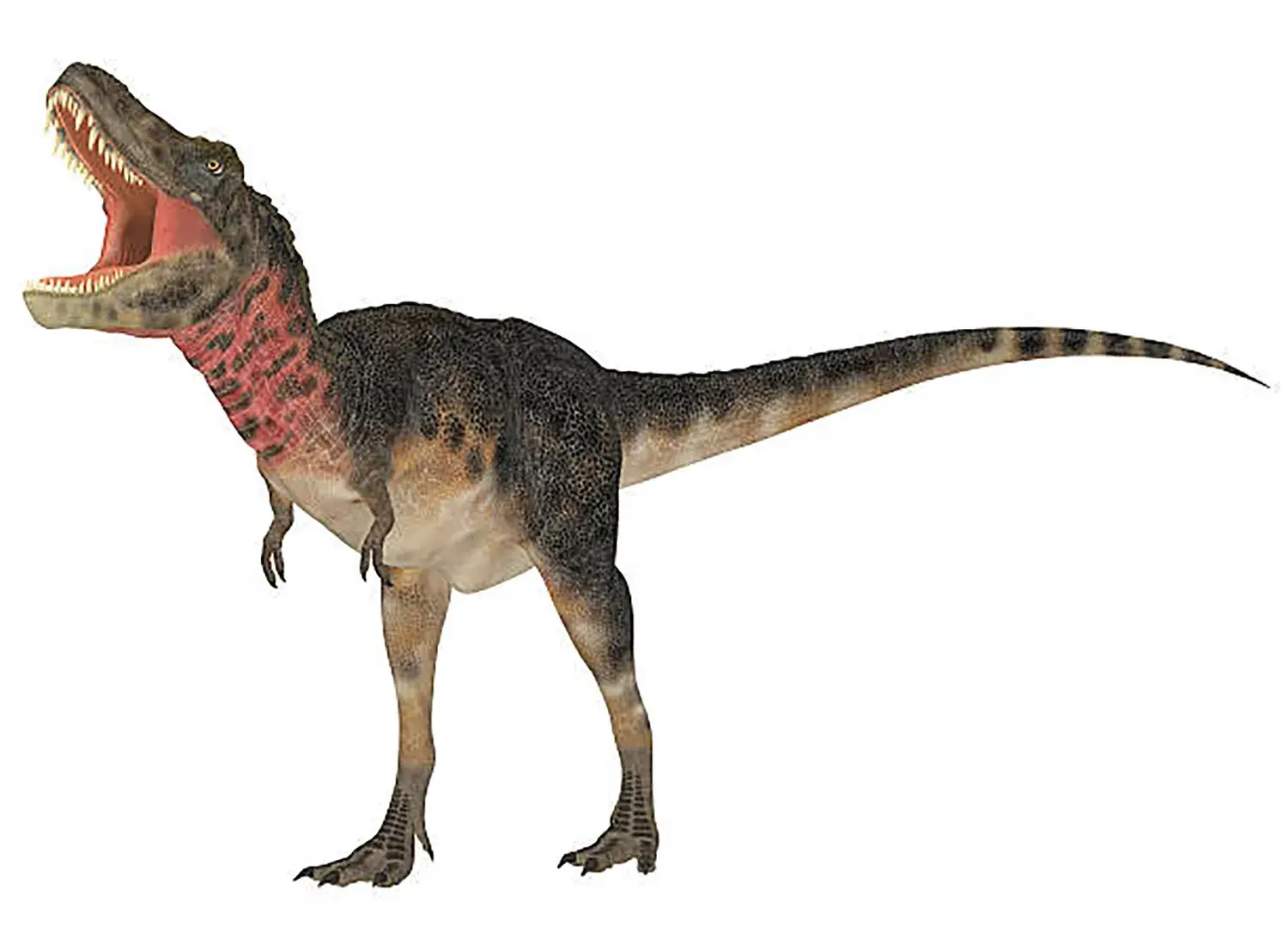
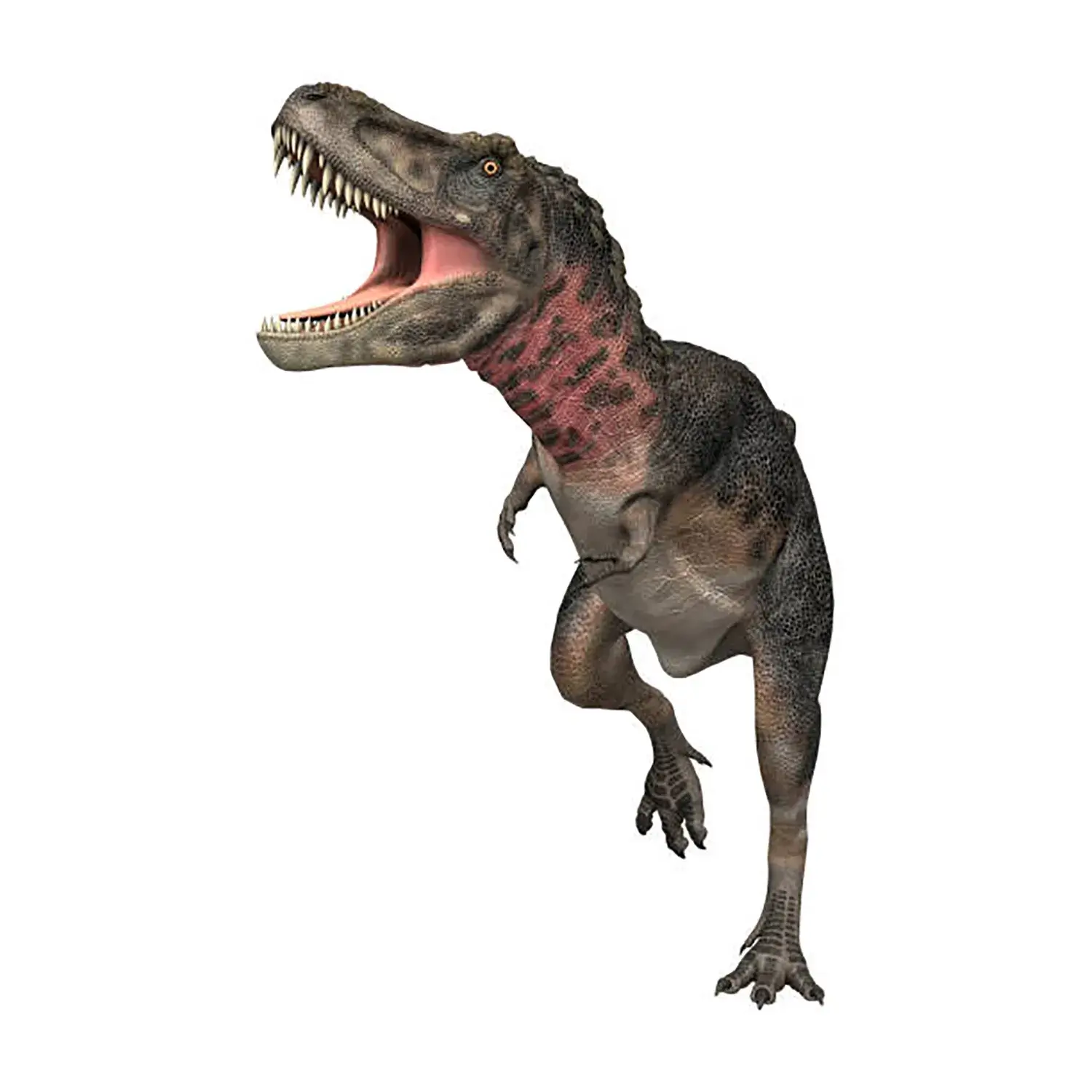
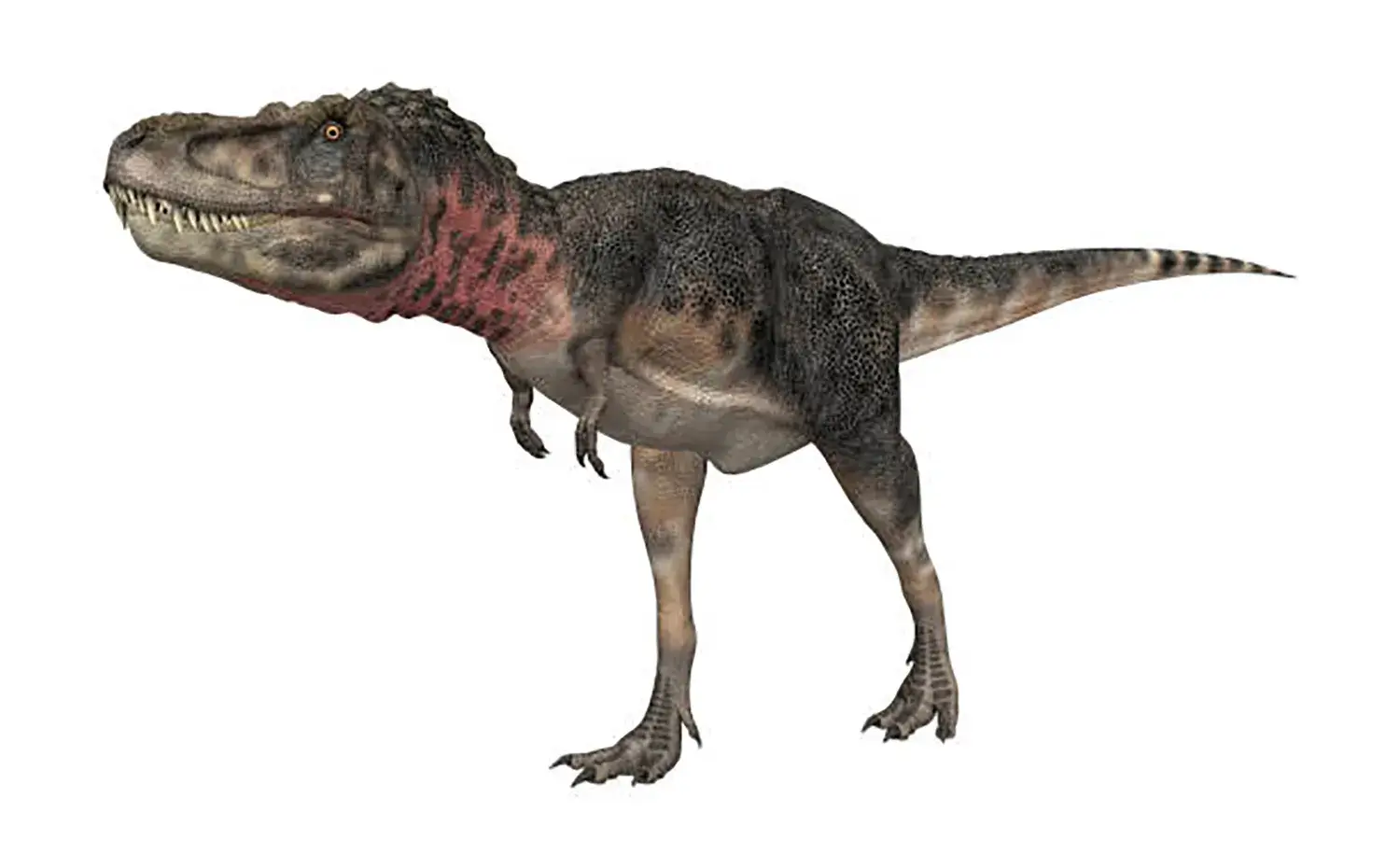
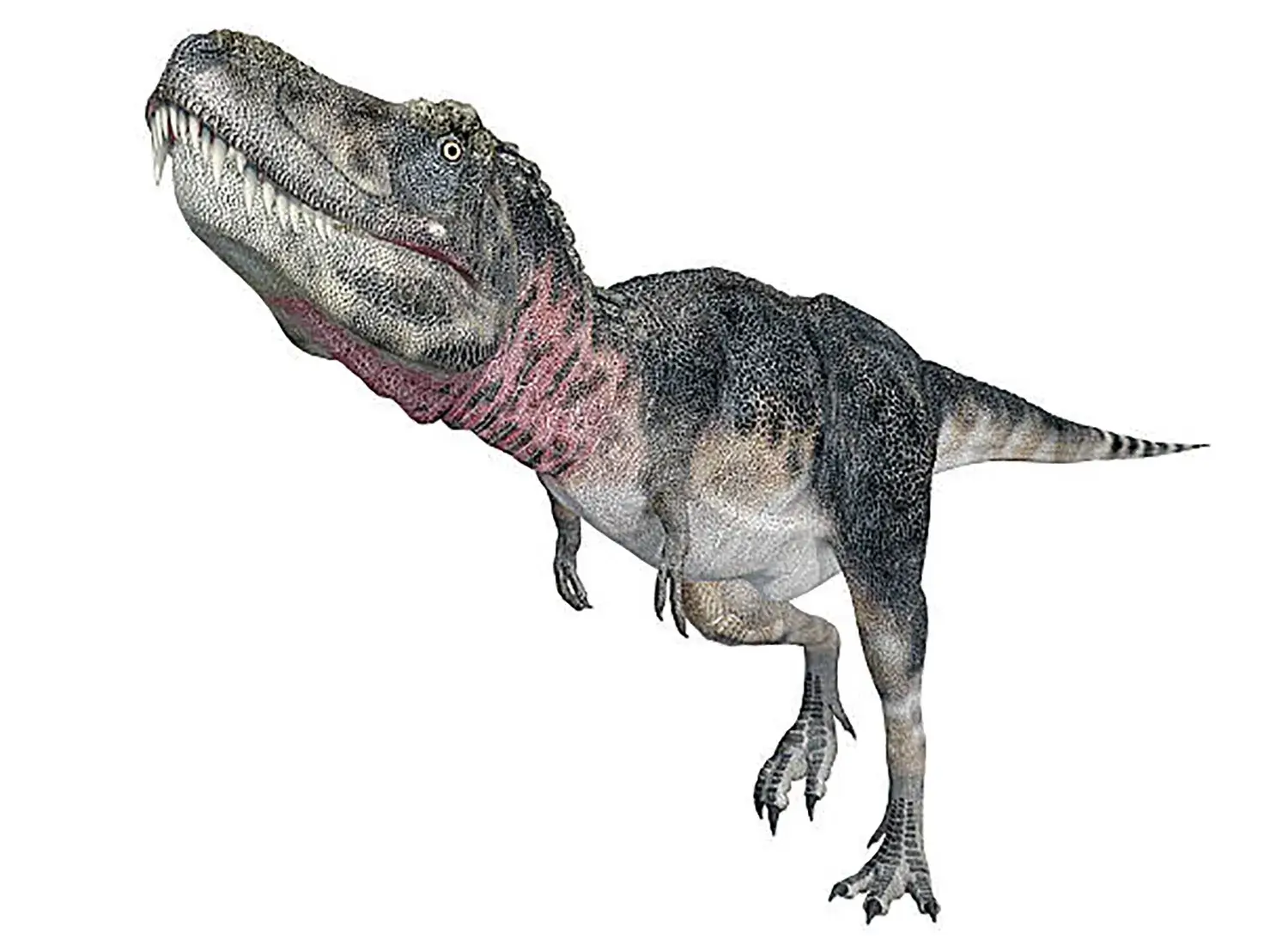
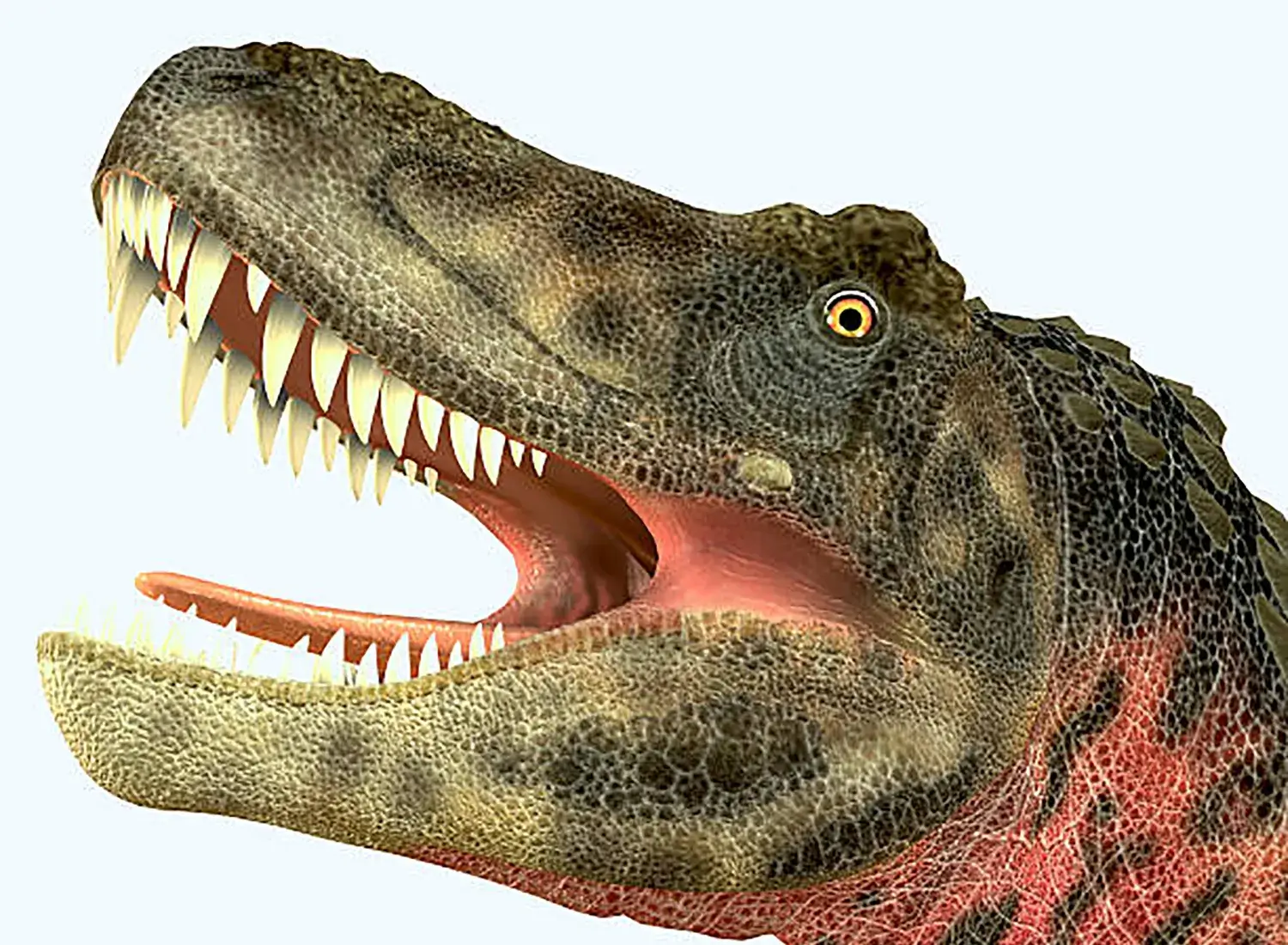
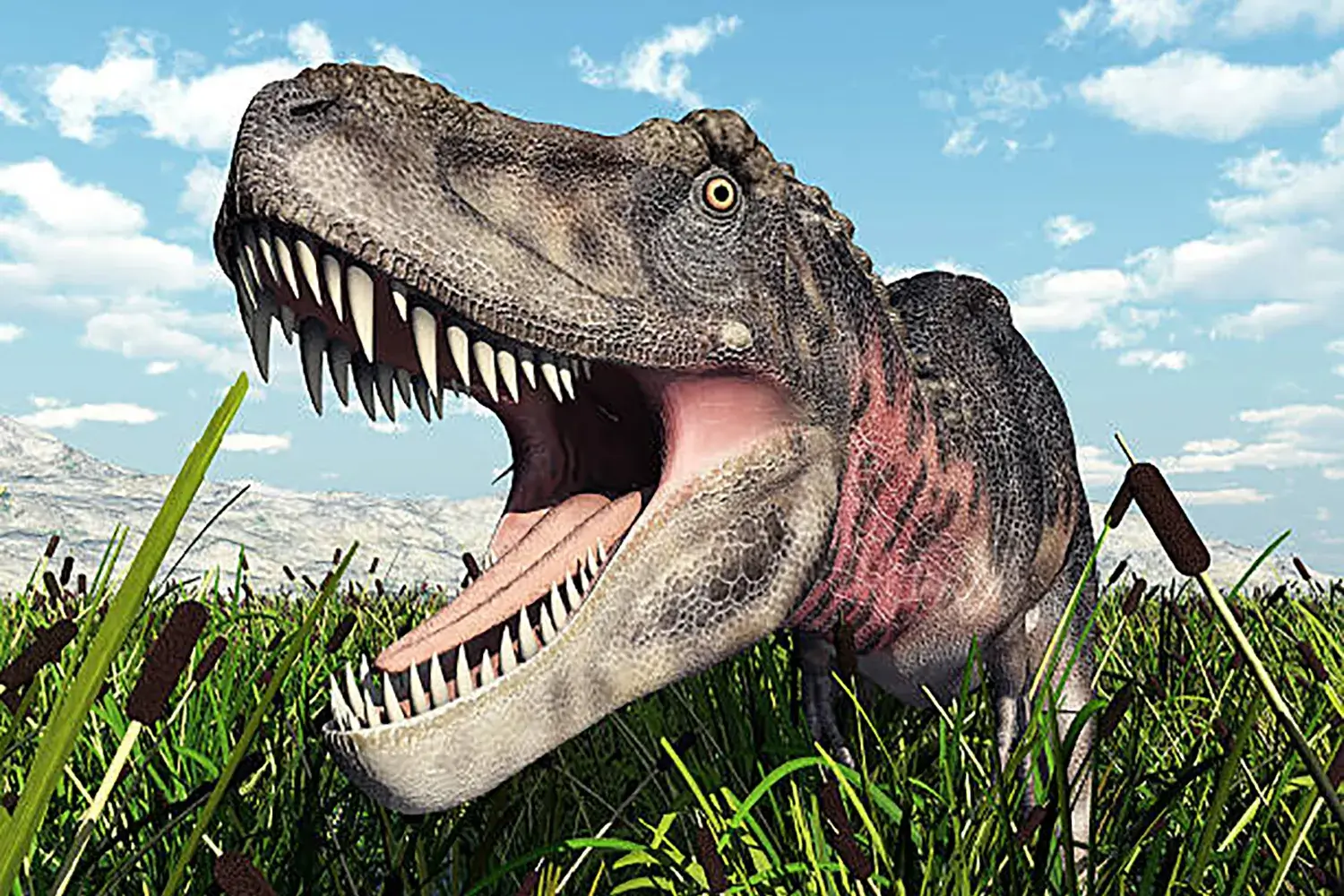
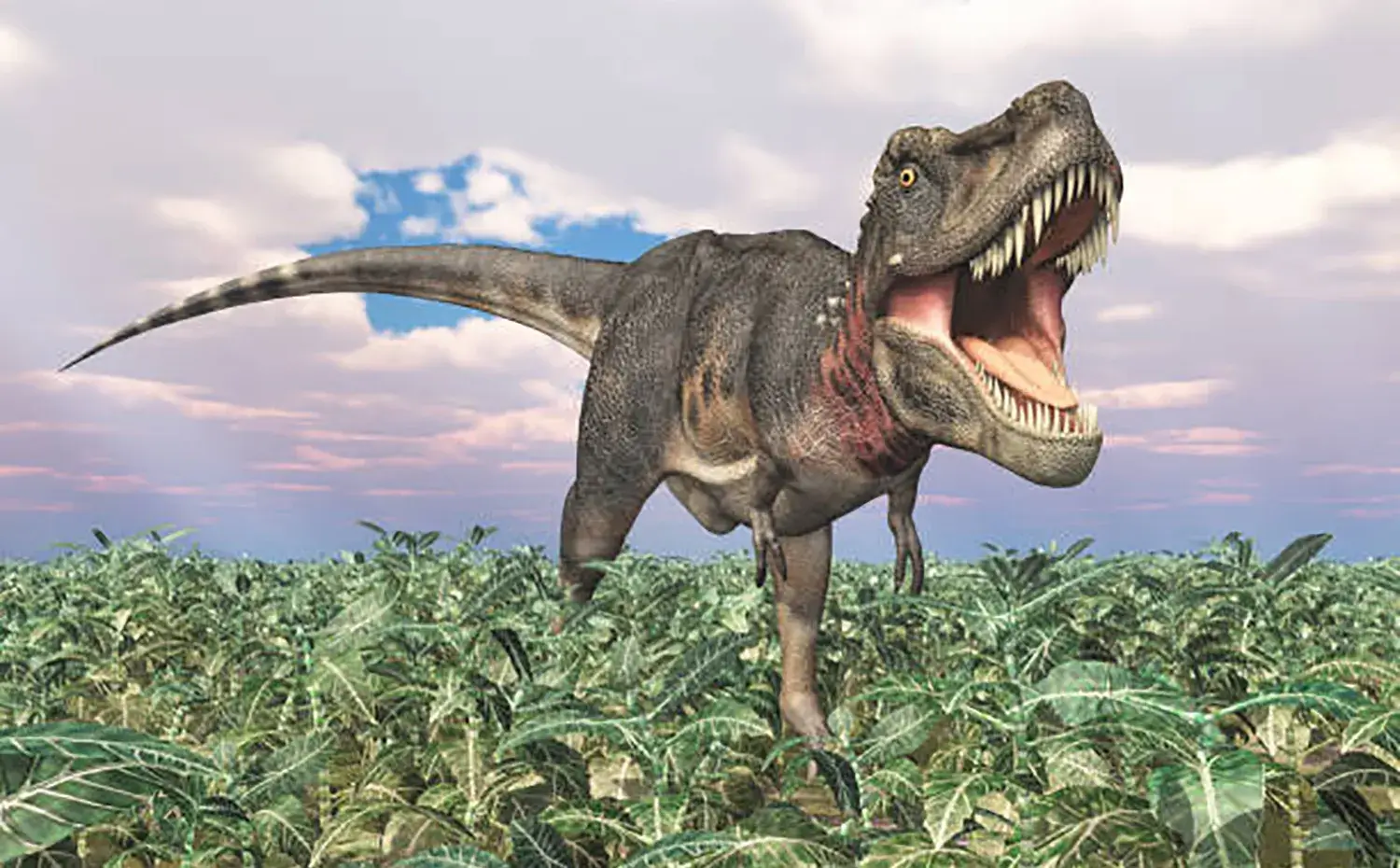
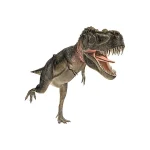
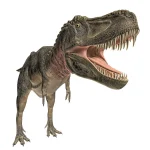
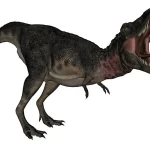
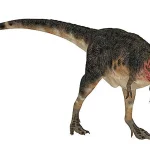
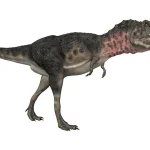
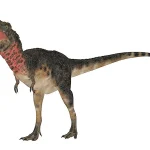
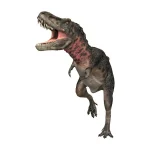
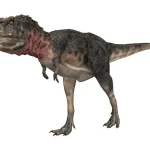
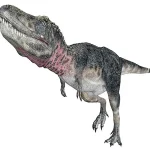
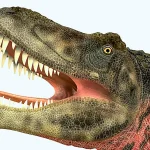
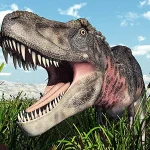
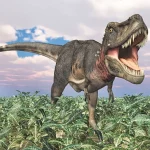
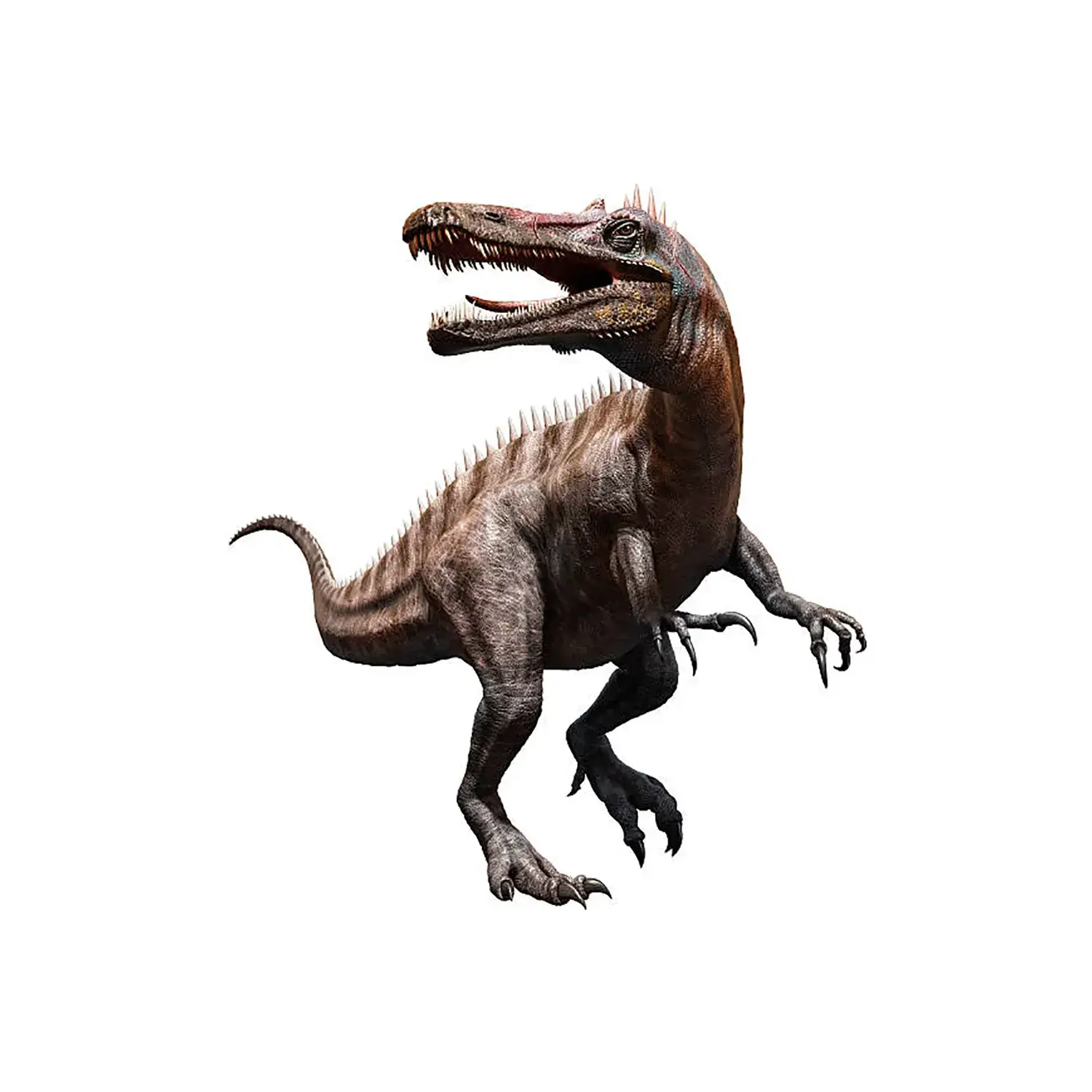


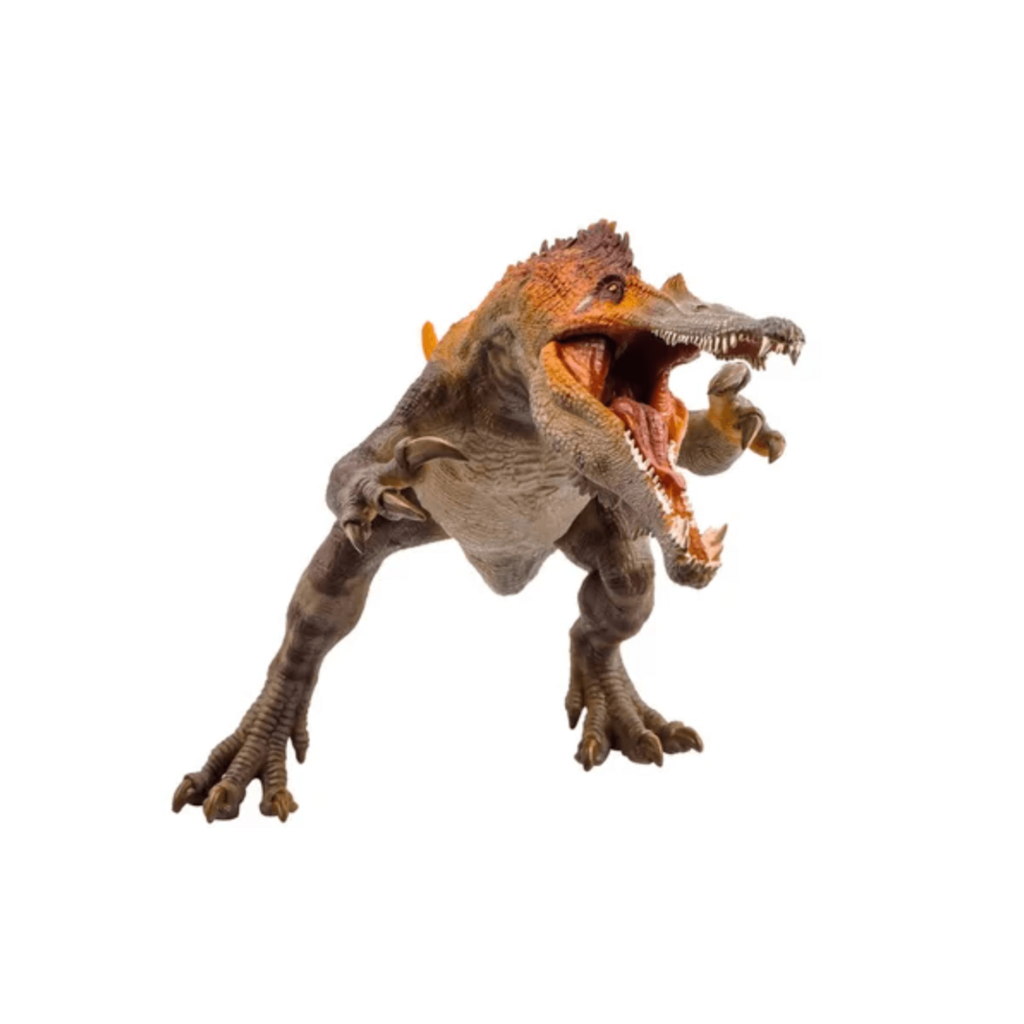
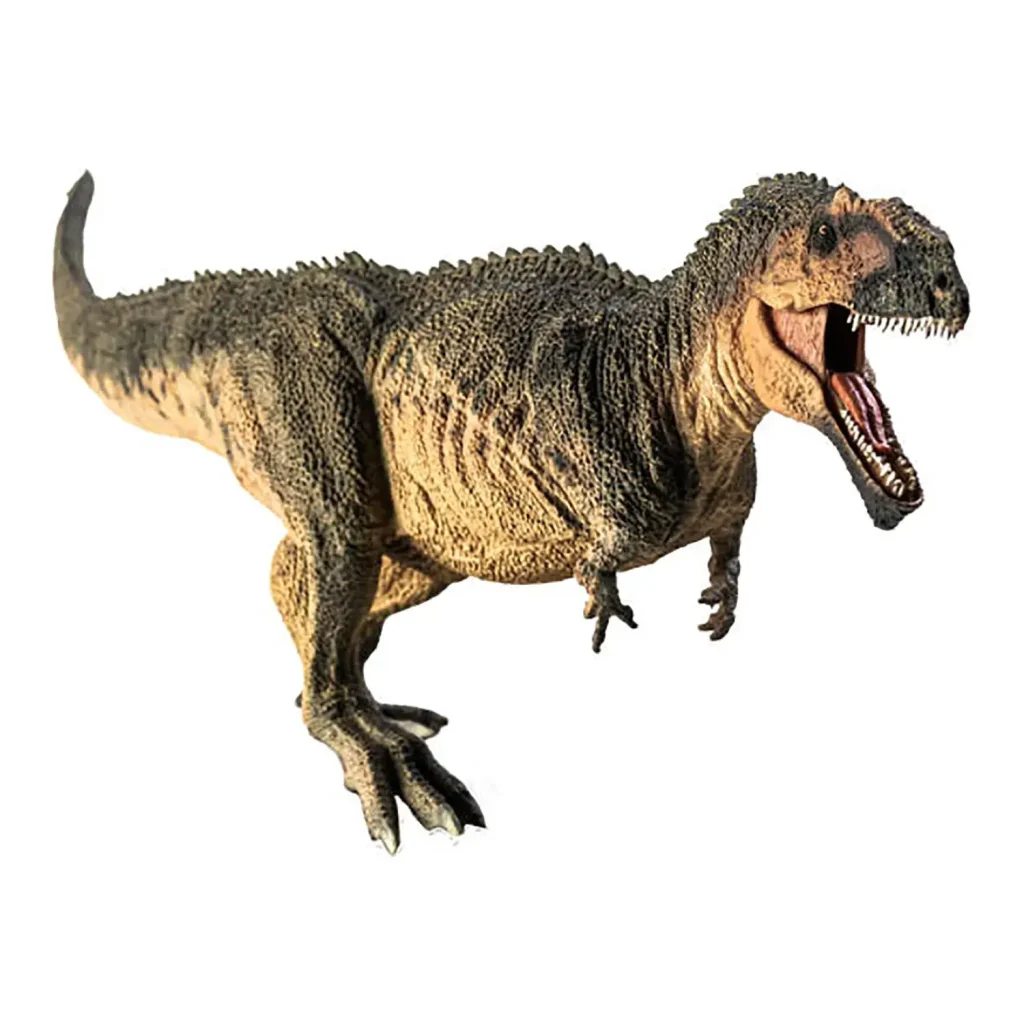
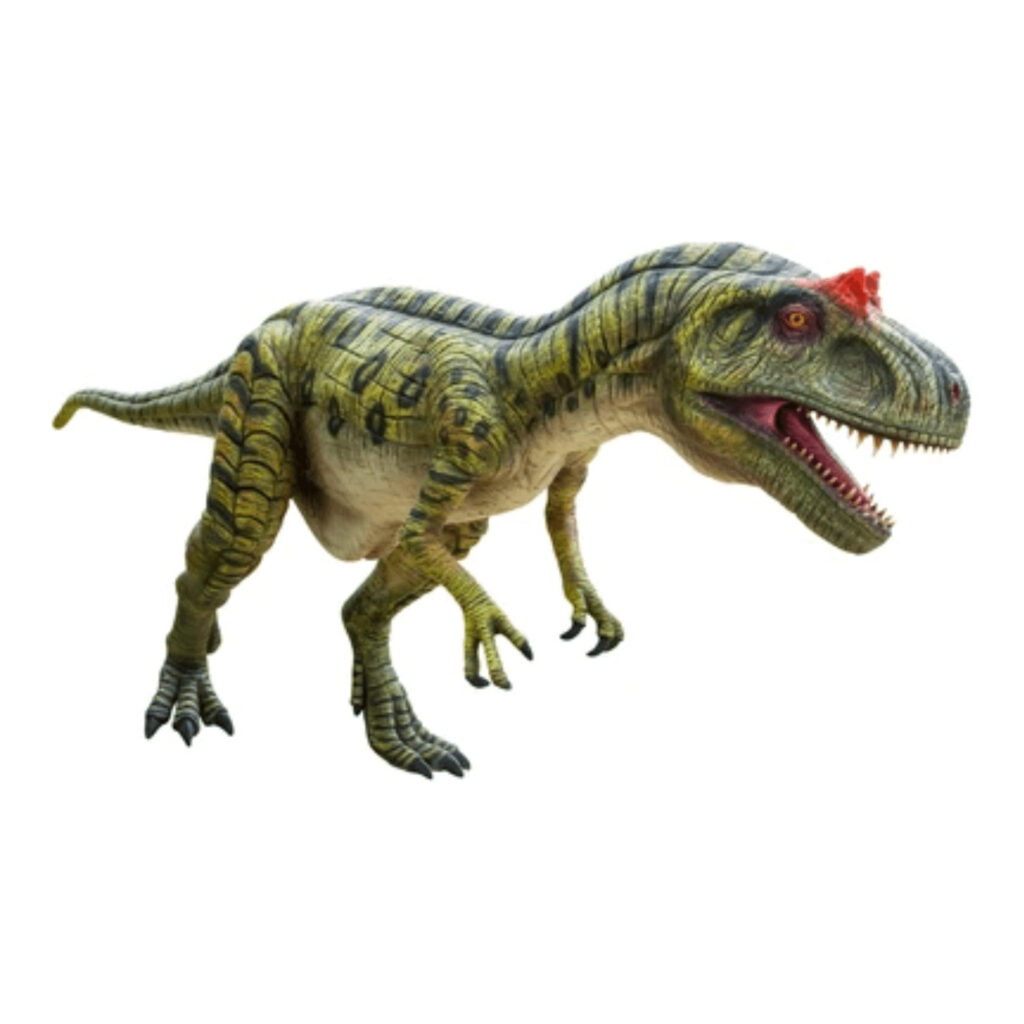













Description
Tarbosaurus was a giant carnivorous dinosaur that lived on the Asian continent (primarily Mongolia and China) during the Late Cretaceous period.
Its name is derived from the words for “terror/awe/veneration” and “hero,” which can be loosely translated as “terrifying hero lizard.”
Due to its formidable physique and excellent hunting ability, it was often referred to as the “Tyrannosaurus of Asia.”
Tarbosaurus is closely related to North America’s Tyrannosaurus and is considered an important species for unraveling the question of how dinosaurs interacted and evolved between Asia and North America.
A Physique Identical to Tyrannosaurus
Years of research have confirmed that the skeleton and body structure of Tarbosaurus were remarkably similar to those of Tyrannosaurus.
Overwhelming Size and Destructive Power
Tarbosaurus was slightly smaller than Tyrannosaurus but was the largest predator in Mongolia at the time.
The largest specimens are estimated to have been around 11m long.
Weapons
Its destructive power was remarkably similar to the true Tyrannosaurus, featuring powerful jaws and sharp teeth emanating from a massive head, a sturdy and muscular back, a thick, whip-like tail, and powerful hind legs.
The skull is known to have had greater overall strength in the upper jaw compared to Tyrannosaurus. This is believed to be an adaptation for capturing large sauropods like Nemegtosaurus, which were its prey.
Evolutionary Mystery: Extremely Degenerate Forelimbs
Although Tarbosaurus belonged to the Tyrannosauridae family, it underwent its own unique evolution.
Its arms and hand bones were even smaller and more “degenerate” compared to Tyrannosaurus.
Its Arms and Hand Bones Were Even Smaller and More Degenerate Compared to Tyrannosaurus.
The function of these unusually tiny forelimbs is still debated among researchers, with theories suggesting they “degenerated in exchange for the development of the massive head” or “the forelimbs were largely useless.”
Based on skin and feather texture, it is believed that the majority of its body was covered in scales. However, due to the presence of feathers on closely related large species, it is highly likely that Tarbosaurus also had plumage.
Dietary Debate and Hunting Style
Tarbosaurus lived in lush, humid regions and had a lifespan of 25 to 28 years.
As the largest predator in its area, it is believed to have preyed on herbivorous dinosaurs like Saurolophus and Deinocheirus.
Hunter vs. Scavenger Theories
The two prevailing theories regarding its diet—active hunter versus opportunistic scavenger—continue to be debated.
However, like Tyrannosaurus, it is presumed to have primarily hunted, only resorting to scavenging when other opportunities were unavailable.
Apex of the Food Chain
It is believed to have hunted and consumed other large dinosaurs, such as the hadrosaur Saurolophus and the sauropodomorph Nemegtosaurus, suggesting that Tarbosaurus reigned at the apex of the food chain.
Abundant Fossil Record
Unusually for a large theropod, specimens of Tarbosaurus have been discovered ranging from juveniles to adults, making it a key dinosaur for understanding the growth patterns of the tyrannosaur lineage.
About 30 Tarbosaurus fossils have been found in the Gobi Desert of Mongolia and China, which is more than its close relative, Tyrannosaurus.
Clarifying Growth Patterns
The existence of specimens showing the transition from juvenile to adult has been excellent material for researchers to decipher the growth patterns of the tyrannosaur lineage.
Possible Gular Pouch
Complete skeletons and skin impressions are known, and a unique feature suggesting the presence of a gular pouch (throat sac) has also been found.
Resolution of the Classification Debate
Because Tarbosaurus was so similar to Tyrannosaurus, it was initially thought to be a species of Tyrannosaurus adapted to Asia.
However, subsequent research confirmed significant differences in the structure of its skull and the ratio of its humerus to femur, leading to its current classification as an entirely different genus.
A side-by-side comparison of the skulls shows that the Tarbosaurus’s face is slightly narrower and its jaw is shorter vertically than that of Tyrannosaurus.